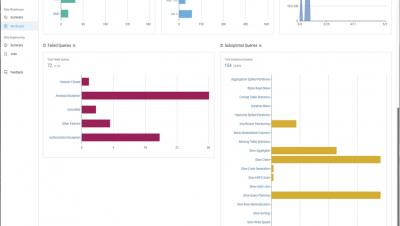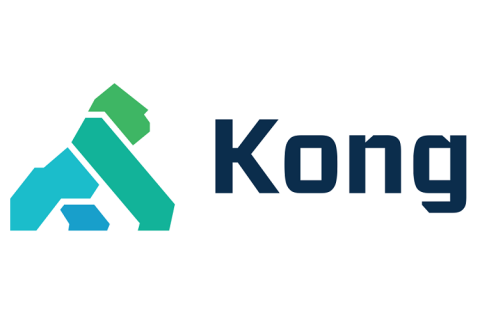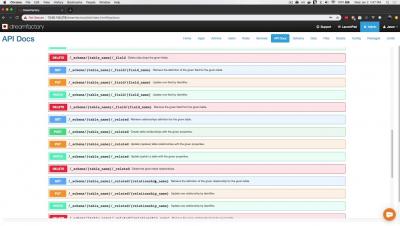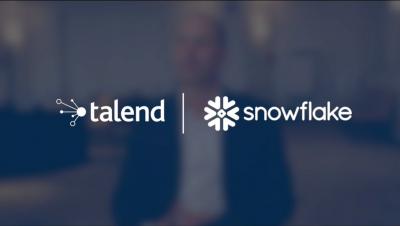Systems | Development | Analytics | API | Testing
%term
Why 2019 Will Change Everything for Developers
In a hundred years’ time, when the world’s tech writers look back on our primitive technology and chart the rise of the smartphone, they’ll pinpoint three years as being crucial to the technology. The first will be 1994, which saw the release of the IBM Simon, a prototype for the smartphones we recognize today. The second will 2007, when the first iPhone went on sale. The third will be 2019.
An Introduction to Apache Airflow and Talend: Orchestrate your Containerized Data Integration and Big Data Jobs
In my last blog I described how to achieve continuous integration, delivery and deployment of Talend Jobs into Docker containers with Maven and Jenkins. This is a good start for reliably building your containerized jobs, but the journey doesn't end there. The next step to go further with containerized jobs is scheduling, orchestrating and monitoring them.
How to Increase Your Live Chat Response Rate, According to 46 Marketers
From personalizing your initial prompt to asking the right questions, here are some proven ways for improving the response rate from your live chat efforts.
Steps to Deploying Kong as a Service Mesh
In a previous post, we explained how the team at Kong thinks of the term “service mesh.” In this post, we’ll start digging into the workings of Kong deployed as a mesh. We’ll talk about a hypothetical example of the smallest possible deployment of a mesh, with two services talking to each other via two Kong instances – one local to each service.
Bigtable and Geolocation Performance
Creating Your First Database API with DreamFactory
A Foolproof Way to Reach And Engage Your Target Audience Through Your Company's Blog
A 5-step, systematic approach to engaging and influencing your audience.











